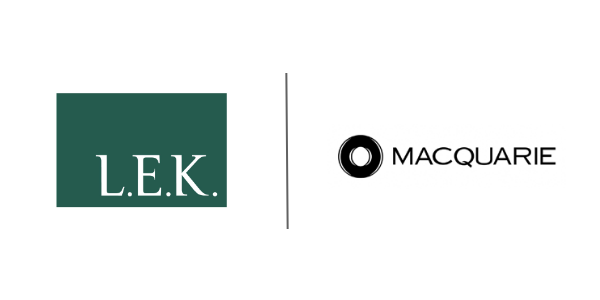M&A activity has been robust in the diversified packaging sector for many years. Because of this, many corporate and financial sponsor acquirers have a natural tendency to look at diversified packaging as a reference point in determining valuation levels for HCCS companies, especially considering that some diversified packaging companies have a degree of healthcare exposure. While the manufacturing technology may appear similar, the product complexity, regulatory framework, R&D intensity and growth trends are very different.
HCCS companies have financial metrics that in most cases are superior to those of diversified packaging companies — including above-GDP organic growth, higher EBITDA margins and strong free cash flow (FCF) conversion — and because of this they command higher valuation multiples relative to diversified packaging companies.
There are several reasons why HCCS companies command EBITDA margins that are more in line with medical device companies than with diversified packaging companies. First, HCCS products are highly regulated because they house products that often go on or into the body. Special infrastructure is required to manufacture HCCS products, including clean rooms and specialized equipment. For example, when a medical device is submitted for FDA review, it is not only the device that is put through the approval process but also its packaging. Regulatory requirements, focus on safety and the fact that pharmaceuticals are in direct contact with the medical device/ packaging shield this category from a sustainability-driven push away from plastics. Product cost relative to packaging/input components is very high, and packaging failure can lead to substantial liabilities for OEMs. HCCS companies closely collaborate with their customers to develop innovative solutions so packaging decisions are made early in the development cycle. The stringent regulation and mission-critical nature of healthcare-related products create high barriers to entry and lead to much “stickier” revenue for HCCS providers than is found in most other packaging markets.
HCCS companies also generally feature strong and stable FCF conversion, which is similar to that of diversified packaging companies. However, it is important to note that the FCF conversion for HCCS depends on where the company is in the product development cycle. Once a drug or medical device is in market, it generates long-term, highly steady revenues for HCCS, offsetting upfront investments. The nondiscretionary nature of HCCS products further supports stable FCF generation in contrast to diversified packagers.
Figure 5 illustrates these differences between HCCS providers and diversified packagers. For example, projected revenue growth between 2020 and 2022 is much higher for the three healthcare categories than for diversified packaging. Likewise, the healthcare categories have superior margins that are 5% to 10% above diversified packagers’. Together, these metrics demonstrate why investors are willing to pay more for these companies versus diversified packagers, and thus their enterprise value (EV) to next 12 months (NTM) EBITDA multiple is much higher.














